
The hoodie is one of the most popular and versatile pieces of clothing today. But have you ever wondered where it came from and how it became such a cultural icon?
Whether you wear hoodies every day or just want to know more about their story, this guide will cover it all.
Hoodie History: From Origins to Modern Style
12th Century – Humble Medieval Beginnings
In medieval Europe, hooded garments were already in use—mainly for warmth and function. Monks wore long robes with hoods called cowls, which offered modesty and protection.
At the same time, laborers and travelers used hoods attached to cloaks, known as chaperons, to shield themselves from rain and cold. These early versions weren't fashion statements—they were everyday tools to survive tough weather.
1930s – The Hoodie as We Know It Begins
Jump ahead to the 1930s in the U.S., and you'll see the hoodie take on a new shape. A clothing company called Champion started sewing hoods onto sweatshirts to help factory workers in cold warehouses stay warm.
These early hoodies were made to be practical — thick, tough, and built for work. This marked the beginning of the modern hoodie, combining warmth and comfort in one easy piece.
1960s – Campus Cool Emerges
By the 1960s, the hoodie started to shed its workwear image. Universities caught on, printing their logos and names on hoodies to spark school pride.
Imagine yourself strolling across a college quad, sporting a hoodie with your school's emblem.
Students loved them for their comfort and sense of identity. This shift marked the hoodie's first step into casual fashion, as it became a symbol of youth and community beyond its practical origins.
1970s – A Pop Culture Star
The 1970s gave the hoodie a spotlight in pop culture. Think of the 1976 film Rocky, where Sylvester Stallone's character, Rocky Balboa, trained in a plain gray hoodie. That image—gritty, determined, and relatable—made the hoodie a symbol of resilience and heart.
You could almost feel the sweat and effort just by looking at it. The hoodie wasn't just clothing anymore; it carried an attitude, resonating with anyone chasing a dream.
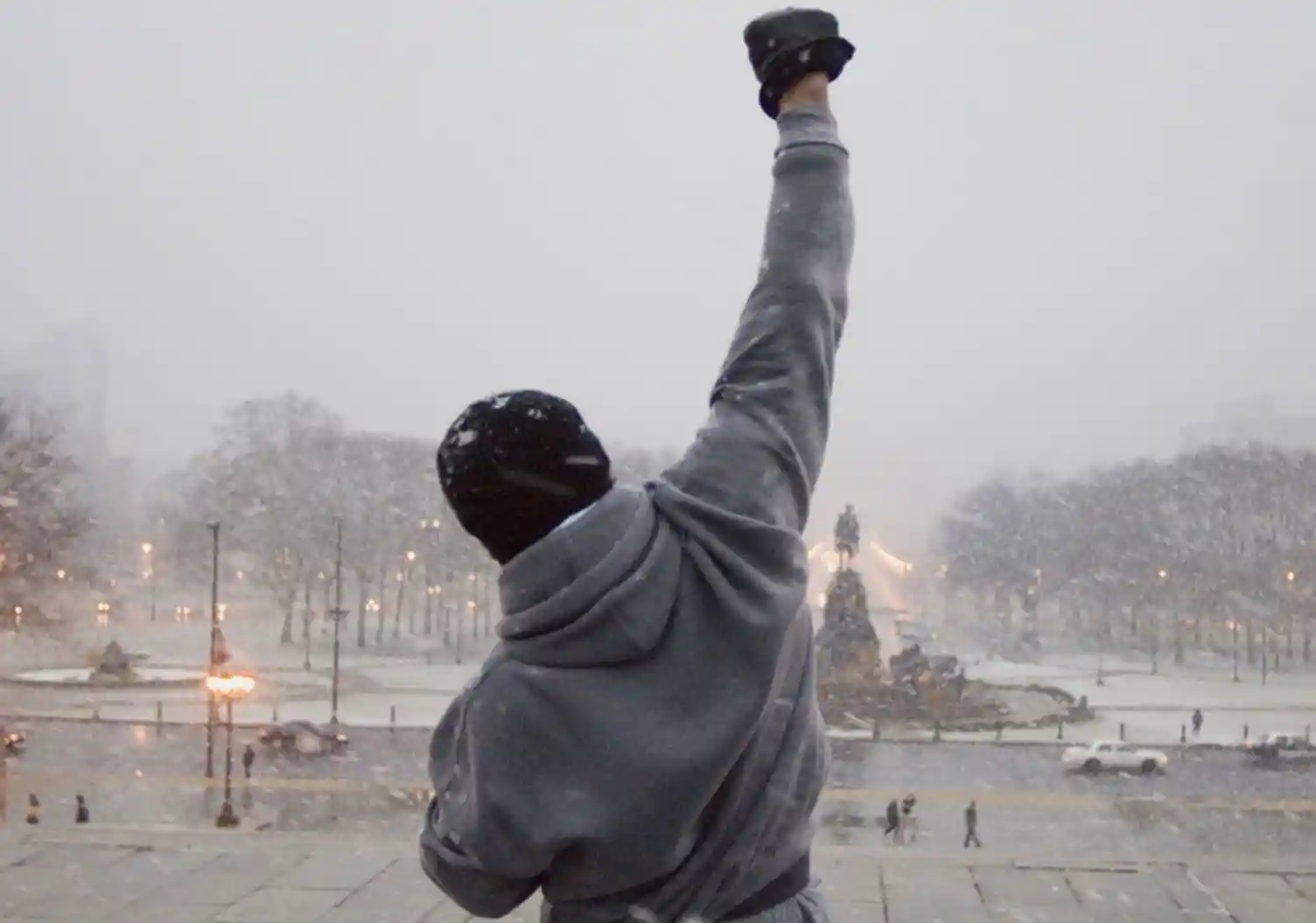
1980s – The Streets Make It Their Own
In the 1980s, the hoodie found a home in street culture. Breakdancers, graffiti artists, skaters, and hip-hop crews all embraced it. It offered comfort, anonymity, and freedom of movement.
But more than that, it fit the tone of a generation that expressed itself through music, art, and style. The hoodie became a quiet badge of identity in many city scenes.
1990s – Everyone's Favorite
By the 1990s, the hoodie was a mainstream hit. Fashion brands, from high-end to affordable, started featuring hoodies in their lineups. You could spot them on everyone—skaters, students, even models in glossy ads.
Whether paired with jeans or layered under a jacket, it fit any vibe. This decade cemented the hoodie's place as a wardrobe essential, loved for its ability to adapt to any style.
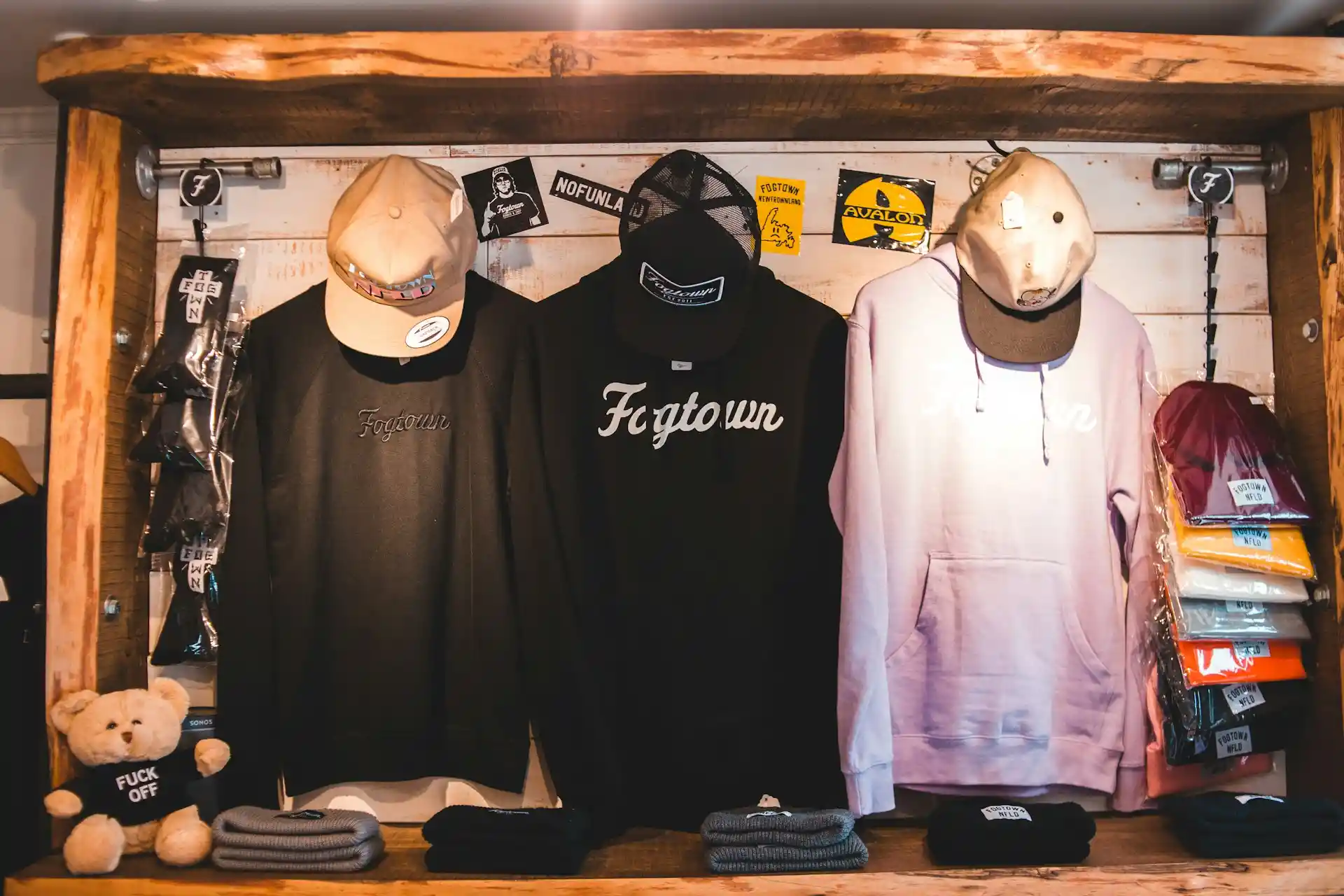
2000s – A Worldwide Trend
The 2000s saw the hoodie go global, bursting with color and personality. Designers experimented with bold prints, graffiti-inspired patterns, and vibrant hues.
From Tokyo's street markets to Paris runways, hoodies were everywhere, blending youth culture with high fashion. They became a canvas for self-expression, uniting people across continents with their universal appeal.
Today – A Universal Staple
Now, the hoodie is a part of everyday wardrobes across the world. From tech workers in Silicon Valley to teens in music videos, the hoodie signals ease, function, and style.
It's been reimagined by high-end designers, yet remains affordable and accessible. Genderless, ageless, and endlessly adaptable—it's one of the few garments that truly fits almost anyone.
What People Wore Before Hoodies?
Before the hoodie became your go-to layer, people still had to stay warm, feel comfortable, and dress casually. Let's look at what came first.
Capes and Separate Hoods (13th–15th Century)
During the Middle Ages, people didn't wear hoods sewn onto shirts. Instead, they wore them separately. These hoods often came with long cloaks or capes, and could be pulled up or down depending on the weather.
They were useful and flexible, especially for travelers and workers outdoors. In cold or wet seasons, a hooded cape was one of the best ways to stay covered.
Cassocks and Cowls (16th Century)
In 16th-century England, lower-class men and women often wore cassocks. These were wool garments—loose, warm, and pulled over the head.
Monks wore something similar: a robe called a cowl with a built-in hood. These clothes weren't flashy, but they were practical and easy to move in.
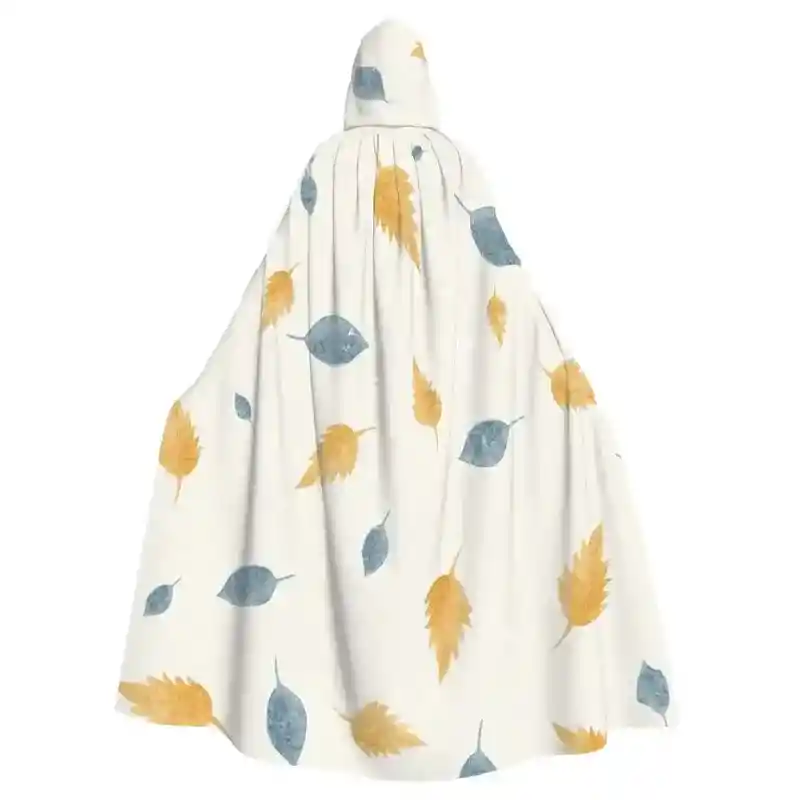
Print on Demand Hooded Cloak - Home Decor - PrintKK
Shawls, Wraps, and Sontags (18th–19th Century)
Before hoodies, comfort at home came in the form of wraps. Women wrapped themselves in wool shawls or sontags—knitted shoulder coverings crossed and tied at the back.
These garments didn't have hoods, but they provided warmth and flexibility for daily chores.
Brunswick Jackets and Banyans (18th Century)
In the 1700s, some women wore Brunswick jackets—short coats with hoods, meant for travel. Men often wore banyans at home, loose robe-like jackets made of cotton or silk.
These clothes weren't athletic, but they were casual, soft, and worn to relax.
Smoking Jackets and Early Sportswear (19th Century)
By the late 1800s, men's fashion began to shift. The smoking jacket became a stylish yet informal piece, often worn at home.
Around this time, early athletic gear also emerged, sometimes featuring school crests or team colors—a hint at what hoodies would later become.
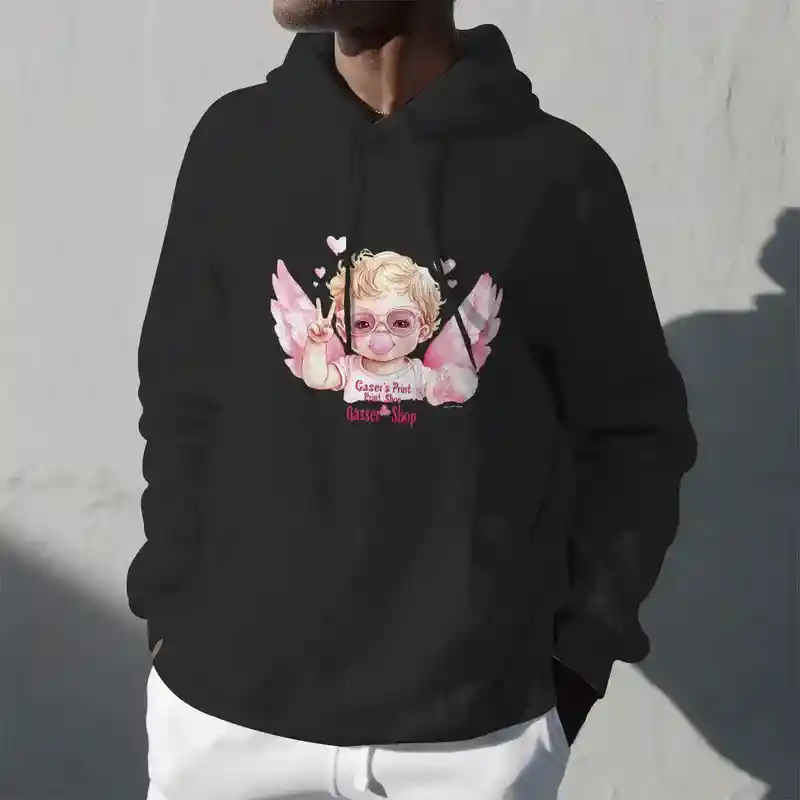
The Cultural Significance of Hoodies Across Different Communities
Tech Culture and Minimalism
In tech spaces, especially in places like Silicon Valley, the hoodie became known as a uniform of focus over fashion. Casual, quiet, and free from trend pressure, the hoodie reflected a culture that valued innovation over image.
Protest and Social Justice
For some, especially Black communities, the hoodie has a deeper, more emotional meaning. After the death of Trayvon Martin in 2012, the hoodie became a symbol of racial profiling and injustice.
Wearing a hoodie in this context became an act of resistance and awareness.
Streetwear and Urban Youth Culture
In many urban areas, hoodies became linked with hip-hop and skateboarding scenes. These were spaces where young people shaped their own fashion and music.
A hoodie wasn't just a layer—it was a statement of attitude and independence. Loose, affordable, and easy to personalize, it matched the energy of the street.

College and Campus Life
On college campuses, the hoodie represents pride and community. Students wear hoodies printed with school names, sports teams, or clubs.
For many, it becomes a memory you carry—even years after graduation. It's a symbol of belonging, and sometimes, of growing up.
Custom Hoodies to Express Your Fashion Attitude Today
Custom hoodies have become a key way to express your unique fashion attitude today.
PrintKK offers high-quality custom hoodies that meet your needs, whether you're after soft, comfortable fabrics or creative, eye-catching designs.
Our hoodies can help show off your individual style with ease. With print on demand, you have the freedom to personalize your hoodie however you want, giving you a chance to express your creativity without limits.
So, don't hesitate to take advantage of this opportunity. Design a hoodie that fits your vibe and make a statement today. Stand out and wear your attitude proudly.
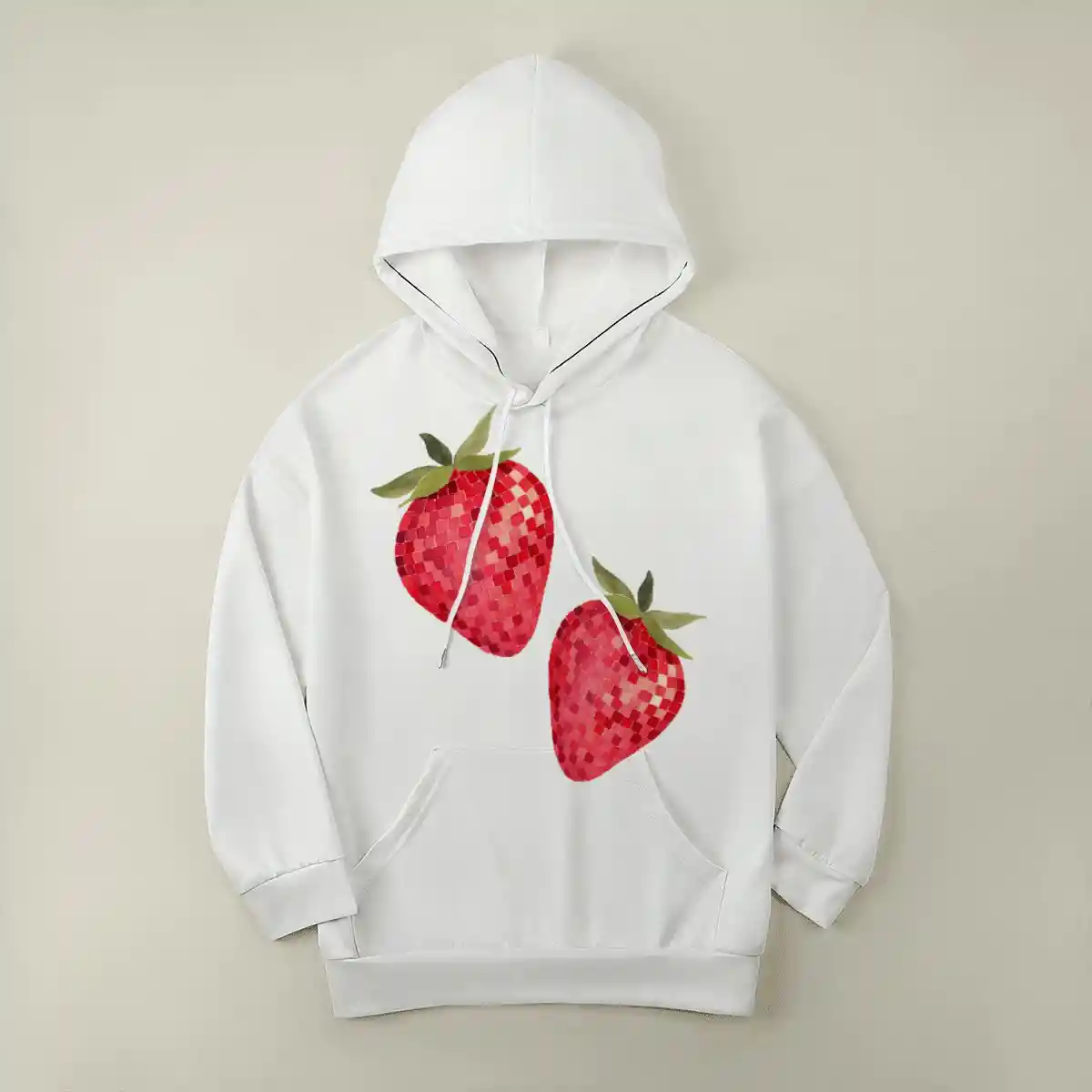
Print on Demand Sleeve Hoodie - Women's Clothing - PrintKK
Expert Tips
You've learned how the hoodie has evolved over time. From its early roots to becoming a key part of fashion today, it has grown beyond just a piece of clothing. The hoodie shows comfort, style, and culture all at once.
You wear more than fabric—you wear a history. Whether for warmth, expression, or identity, the hoodie fits into many parts of life.
So, next time you put on your hoodie, remember: you're part of a long story that's still being written.
FAQs
Who invented the hoodie?
In the 1930s, Champion, an American sportswear brand, created the first modern hoodie. They added a hood to a sweatshirt to keep workers warm in chilly upstate New York.
Who first wore hoodies?
Medieval monks wore hooded tunics called cowls in the 12th century. Later, 1930s laborers donned Champion's hoodies for warmth, starting the trend that spread to students and subcultures.
What is the difference between the history of hoodies and sweatshirts?
Sweatshirts began as athletic wear in the 1920s. Hoodies, with added hoods, emerged in the 1930s for warmth. Hoodies gained cultural significance through youth and streetwear, unlike plain sweatshirts.










 Global Shipping
Global Shipping


 Made in USA
Made in USA



























